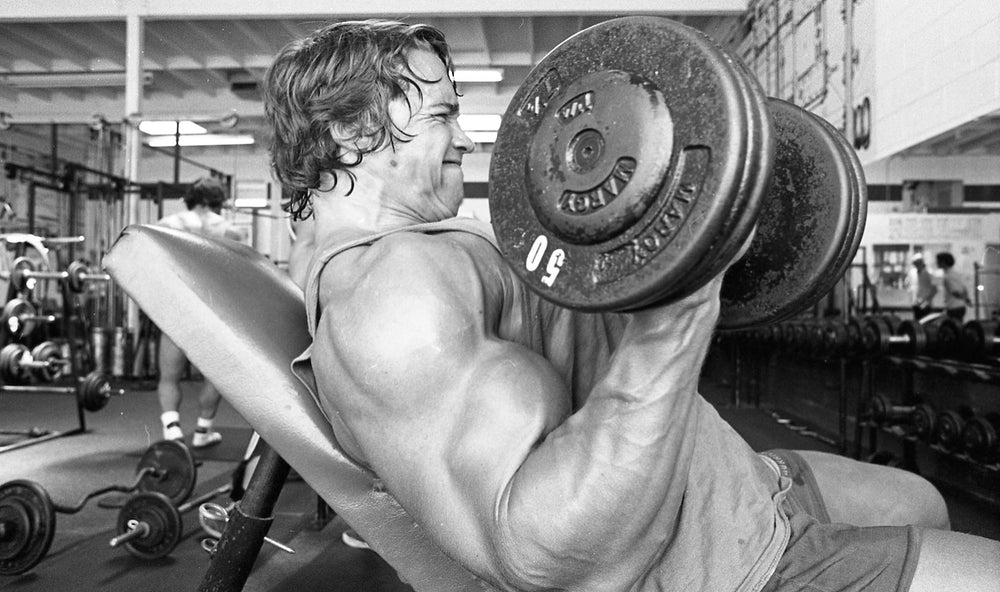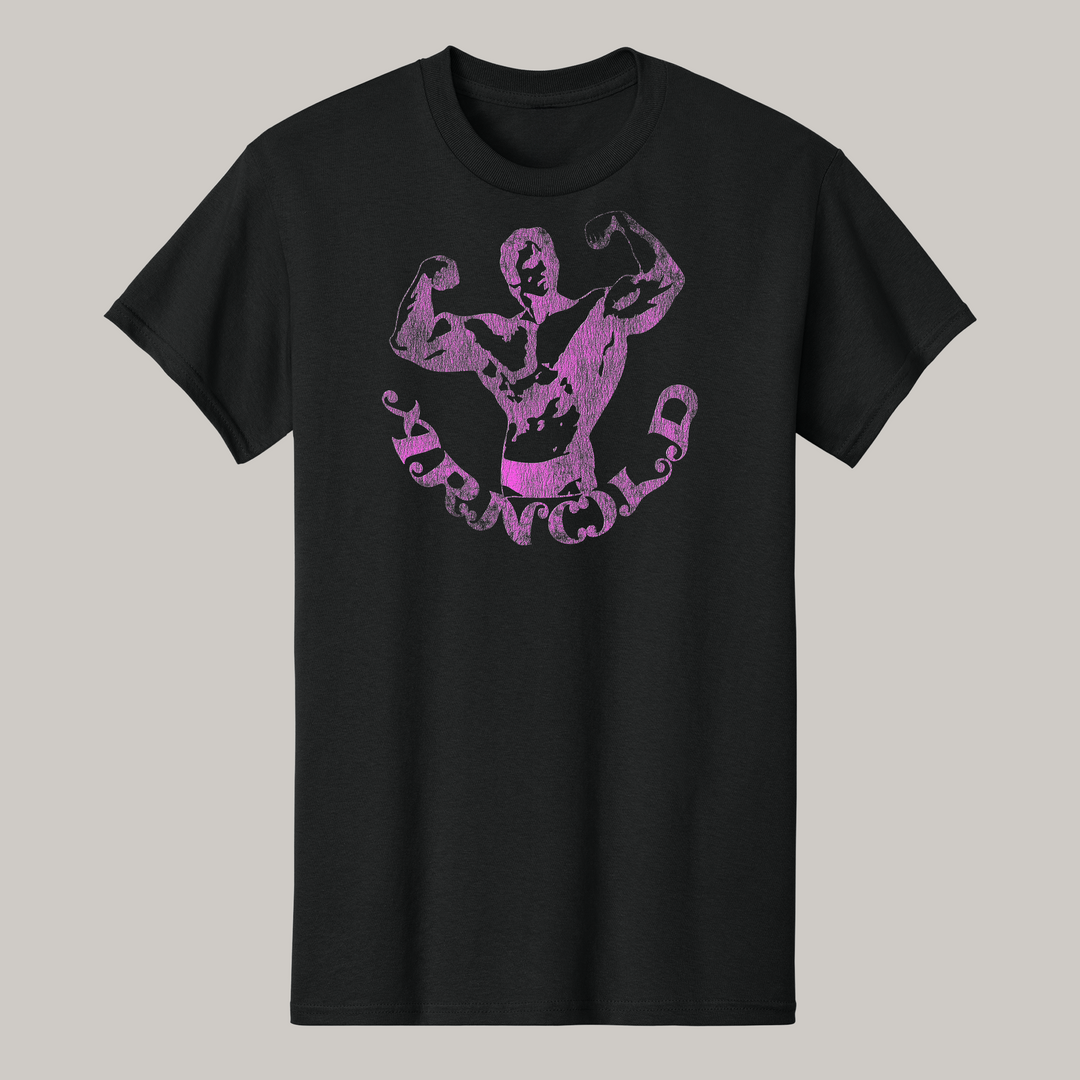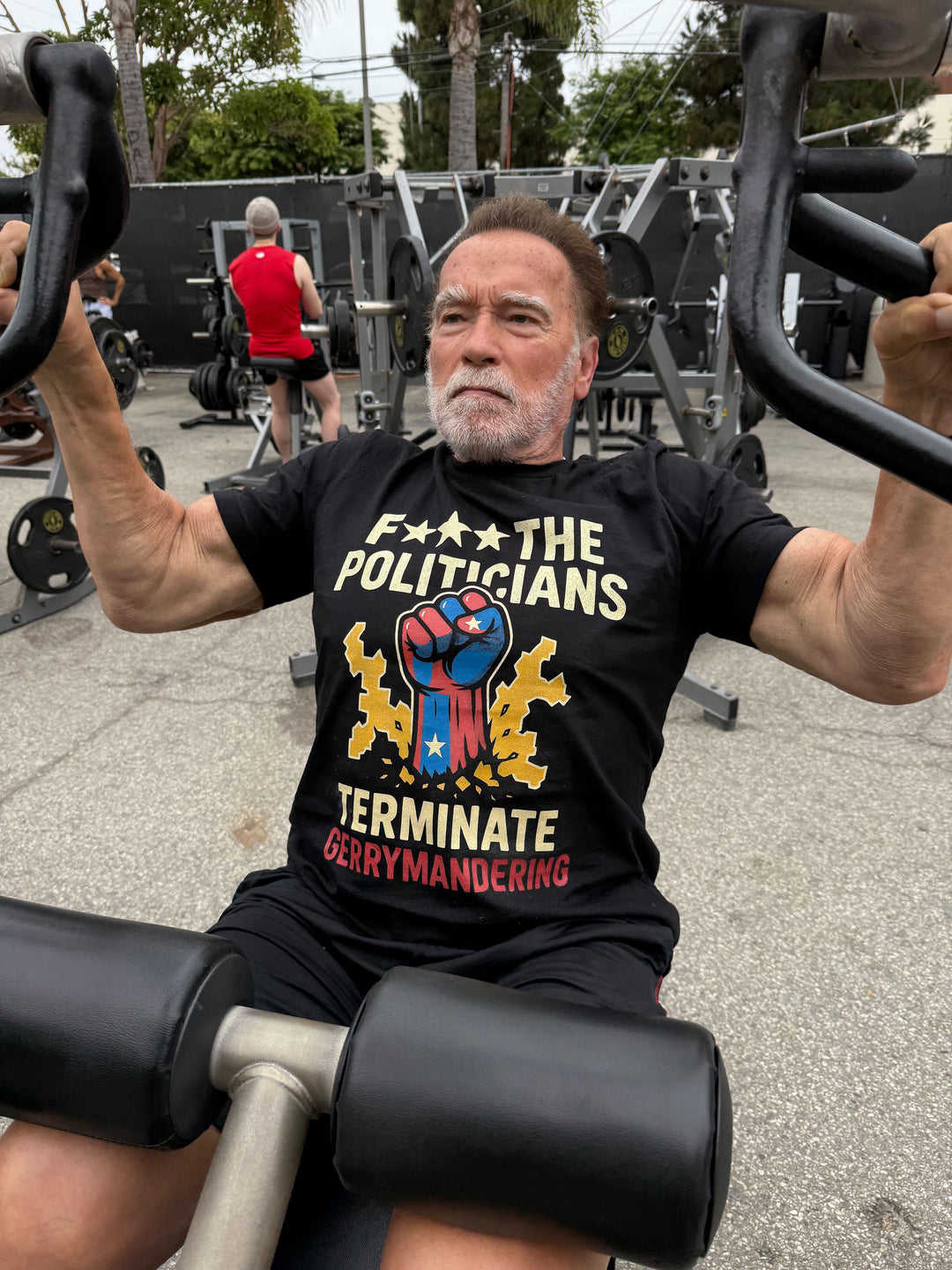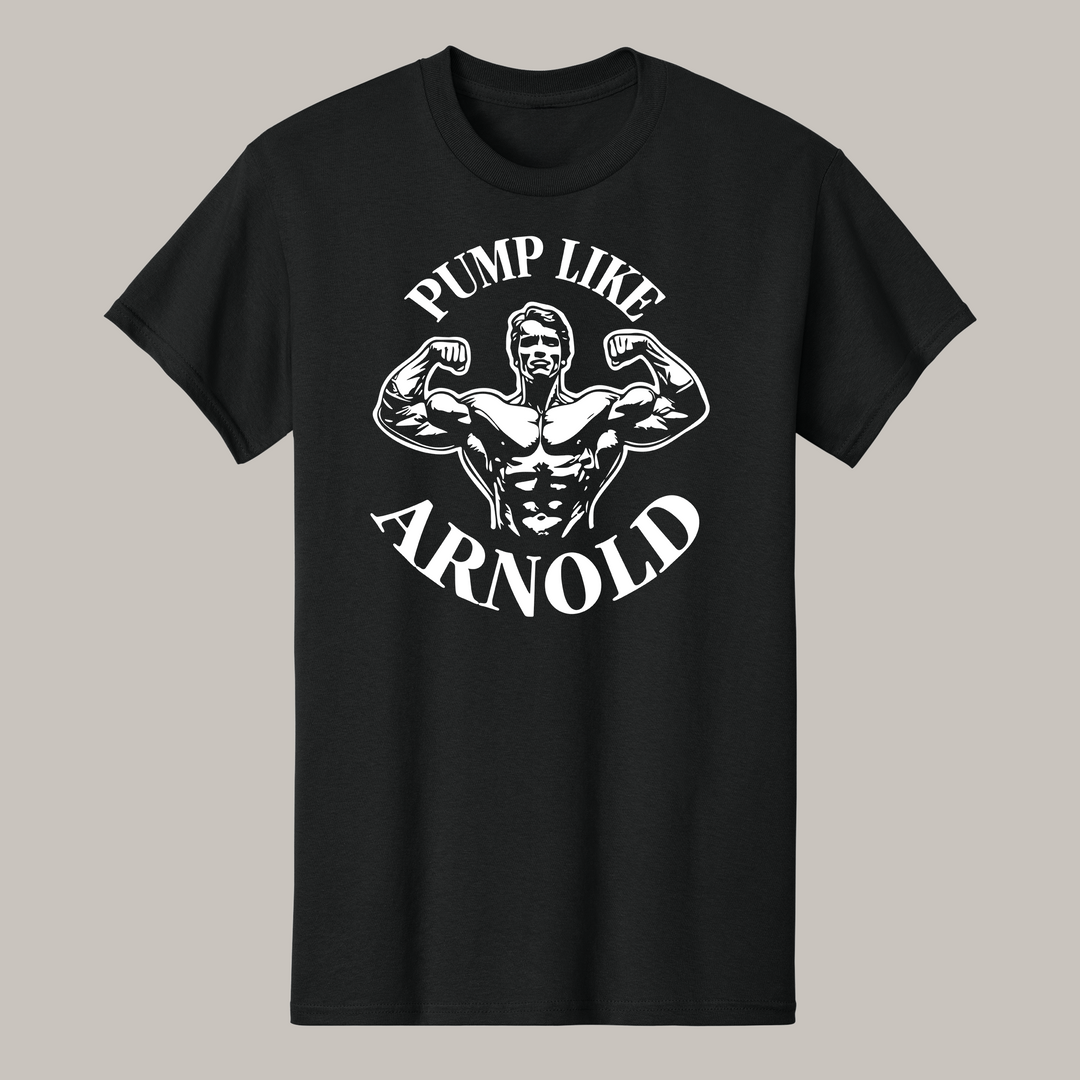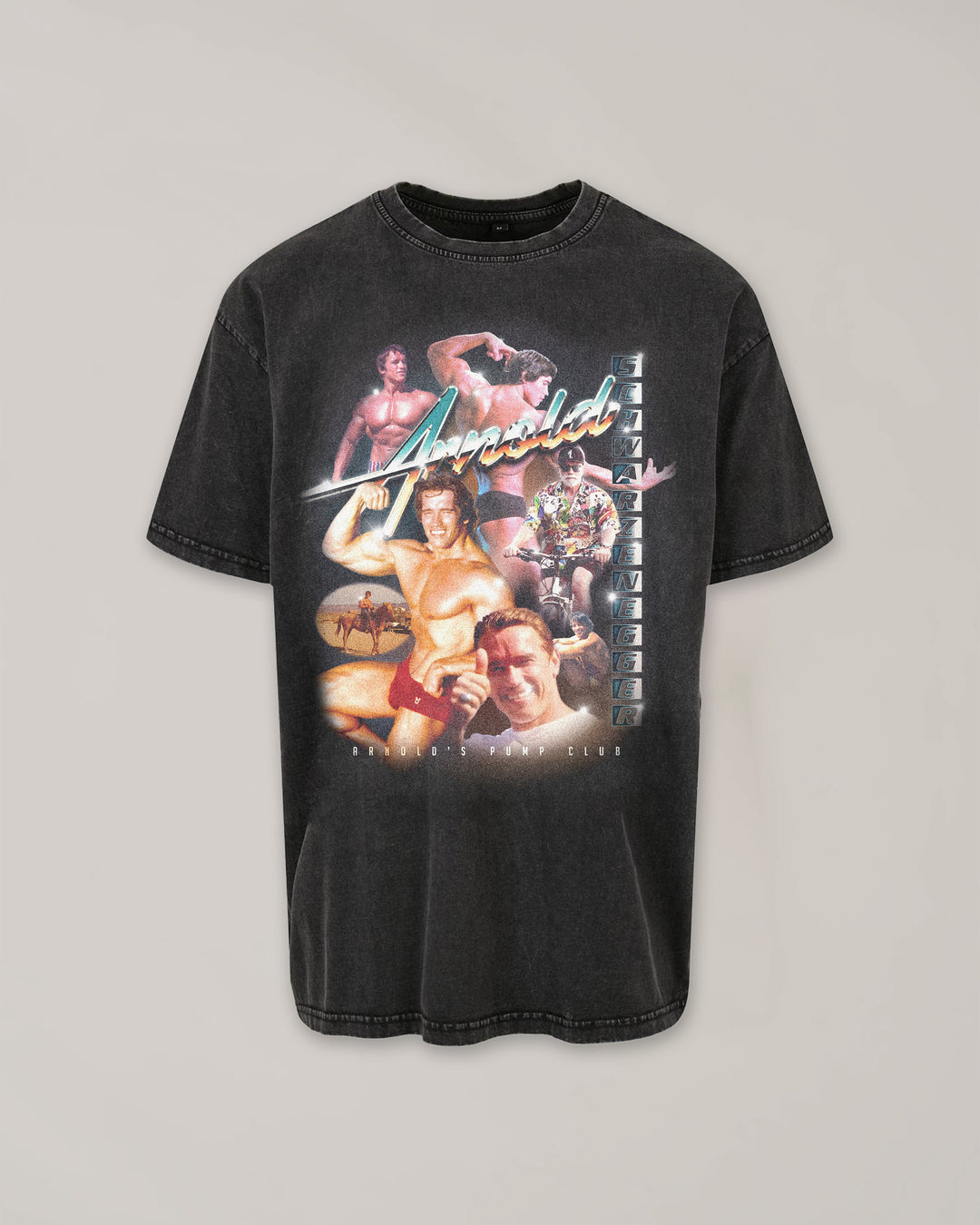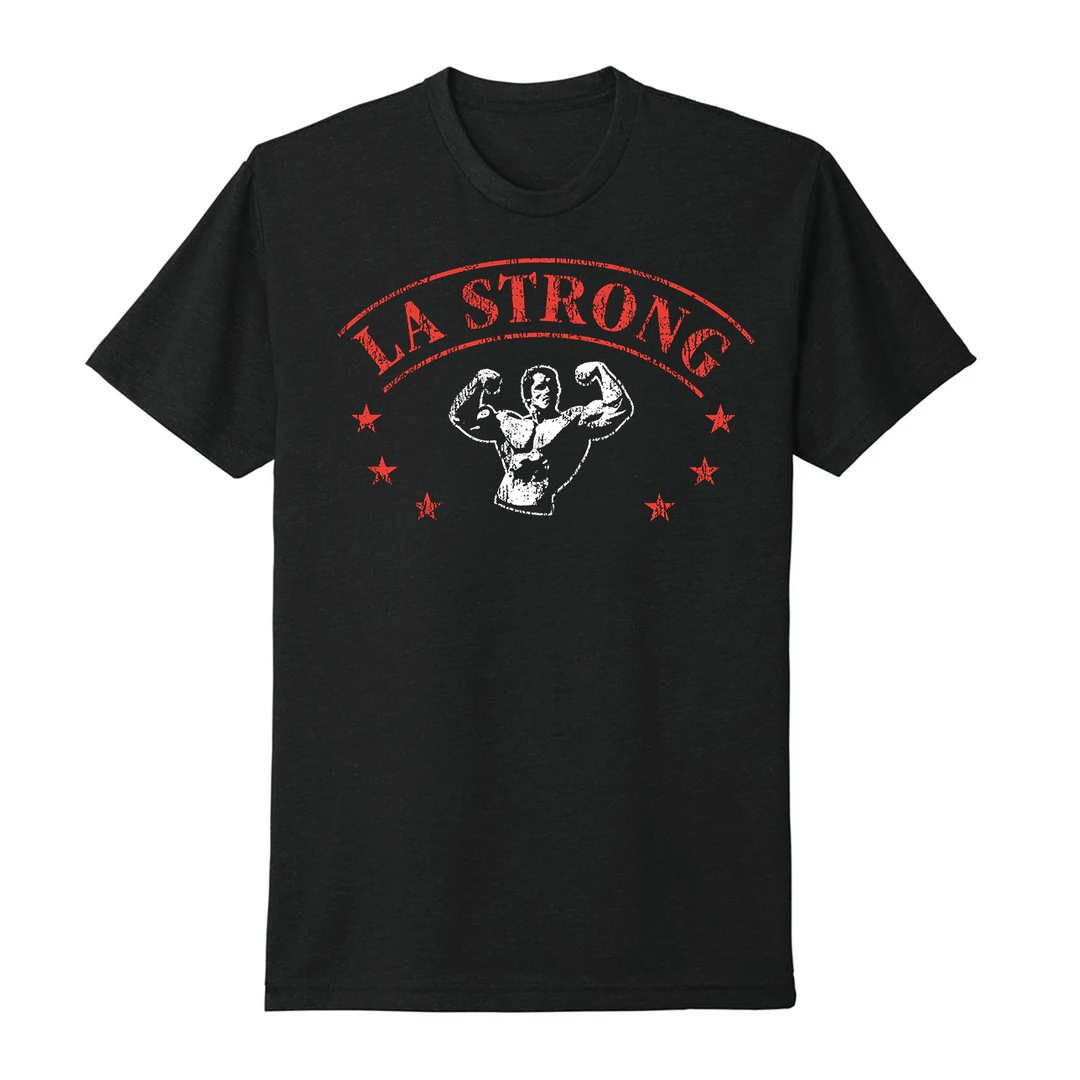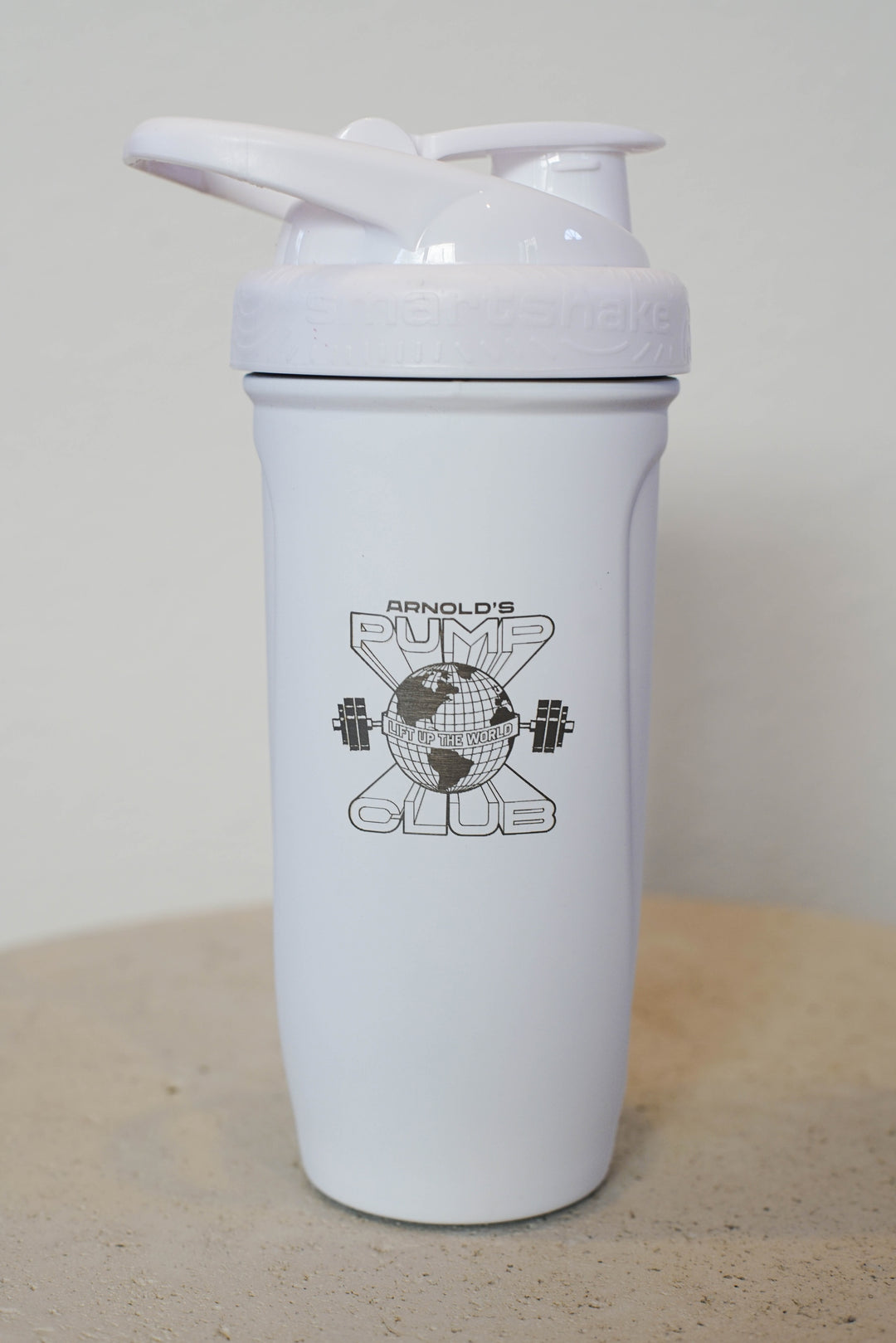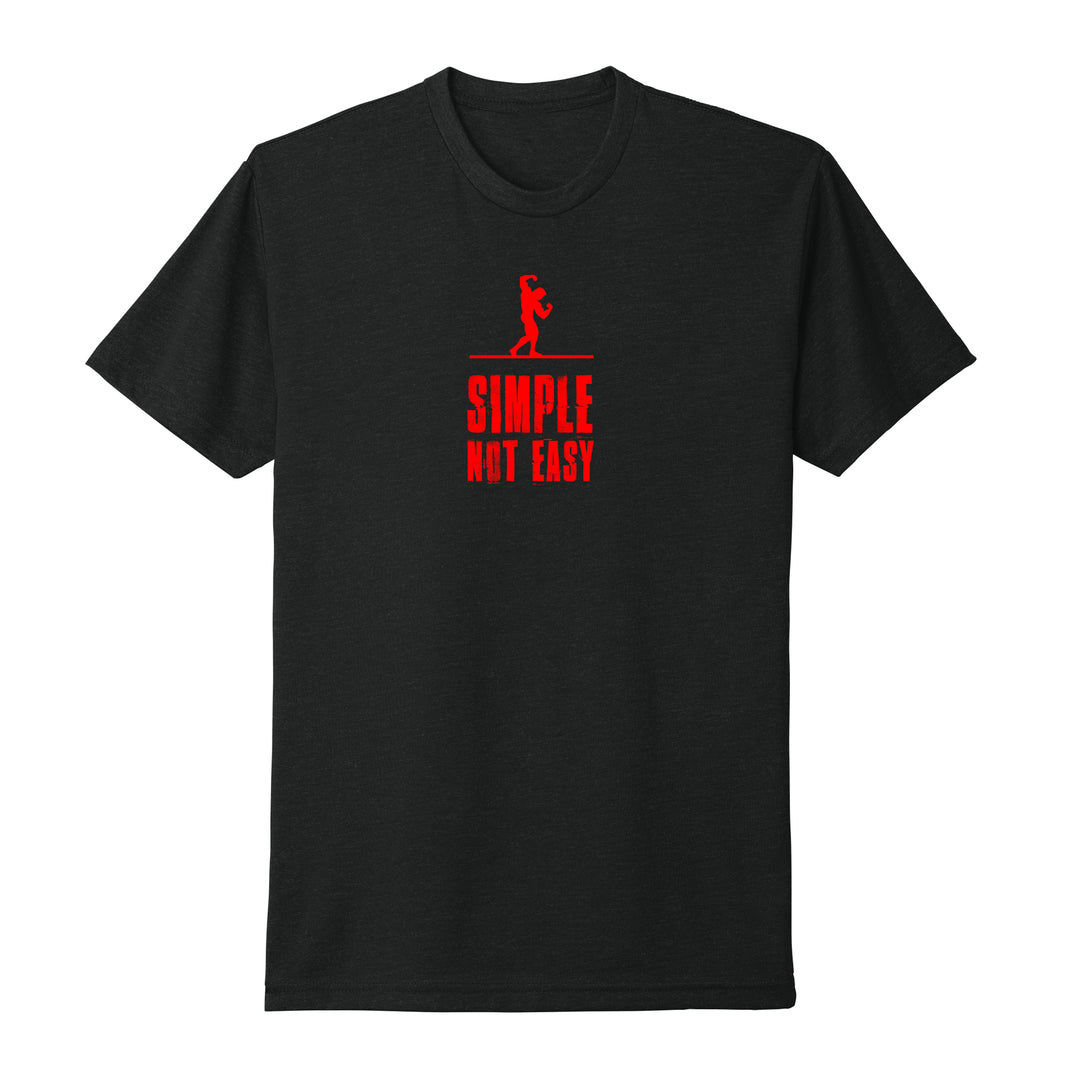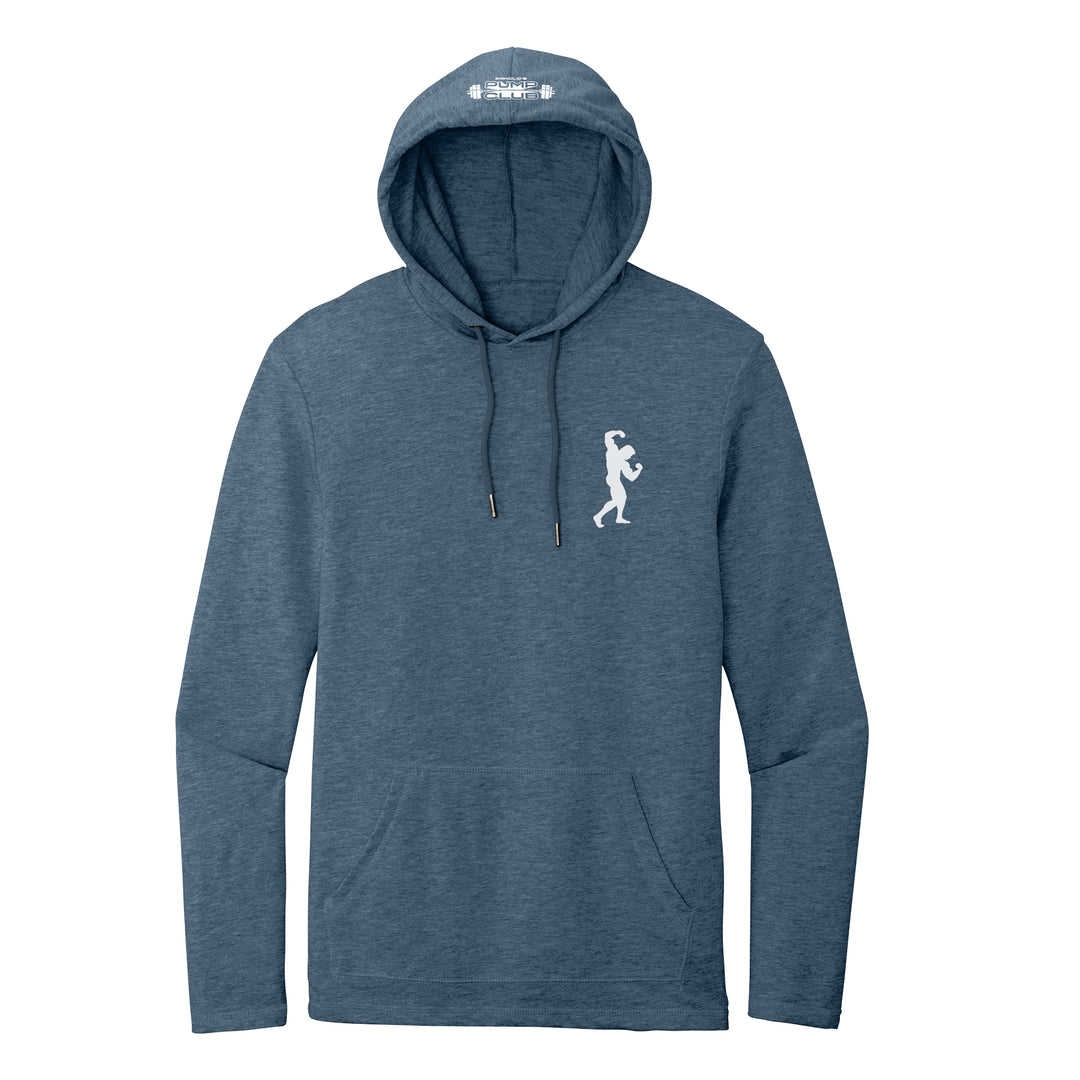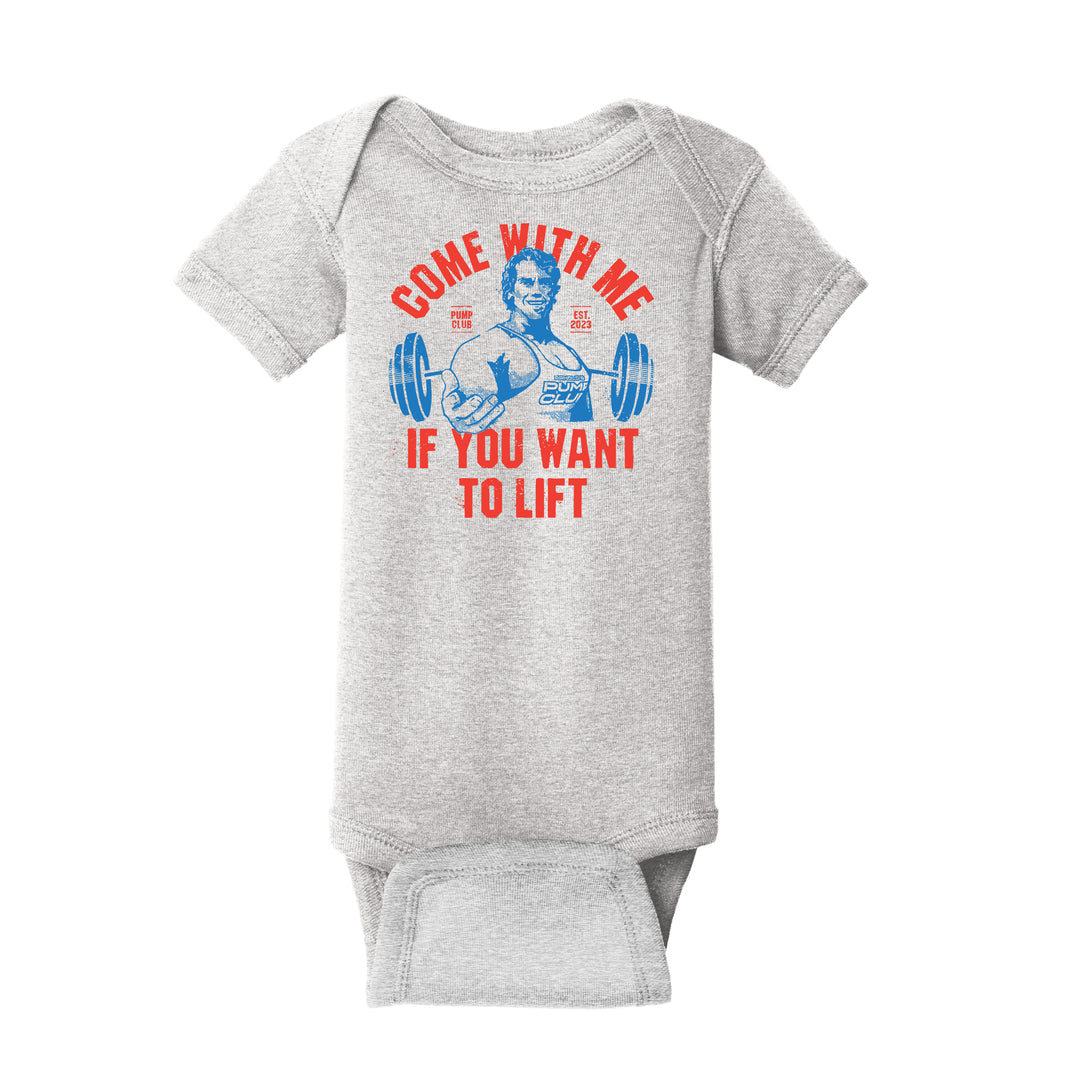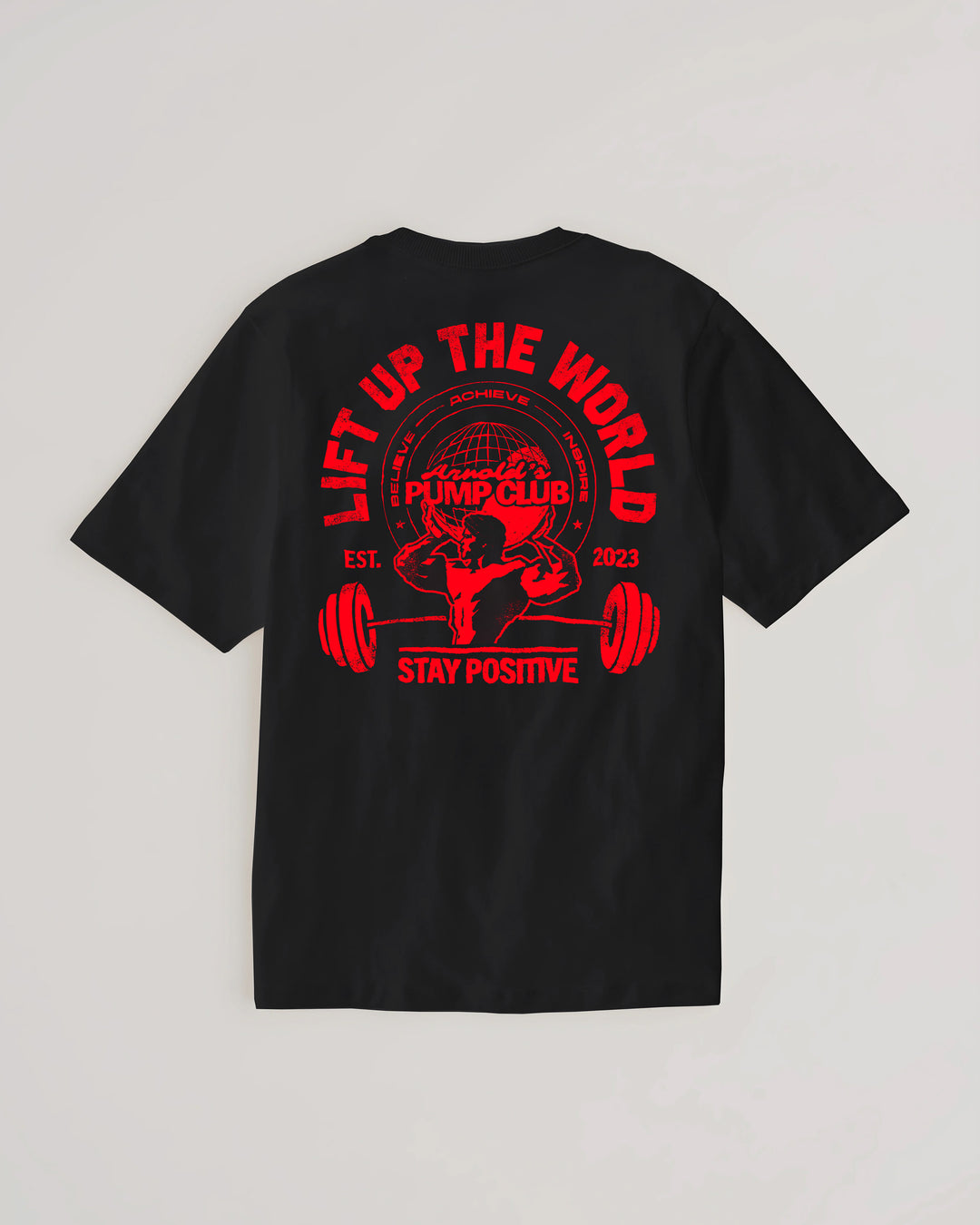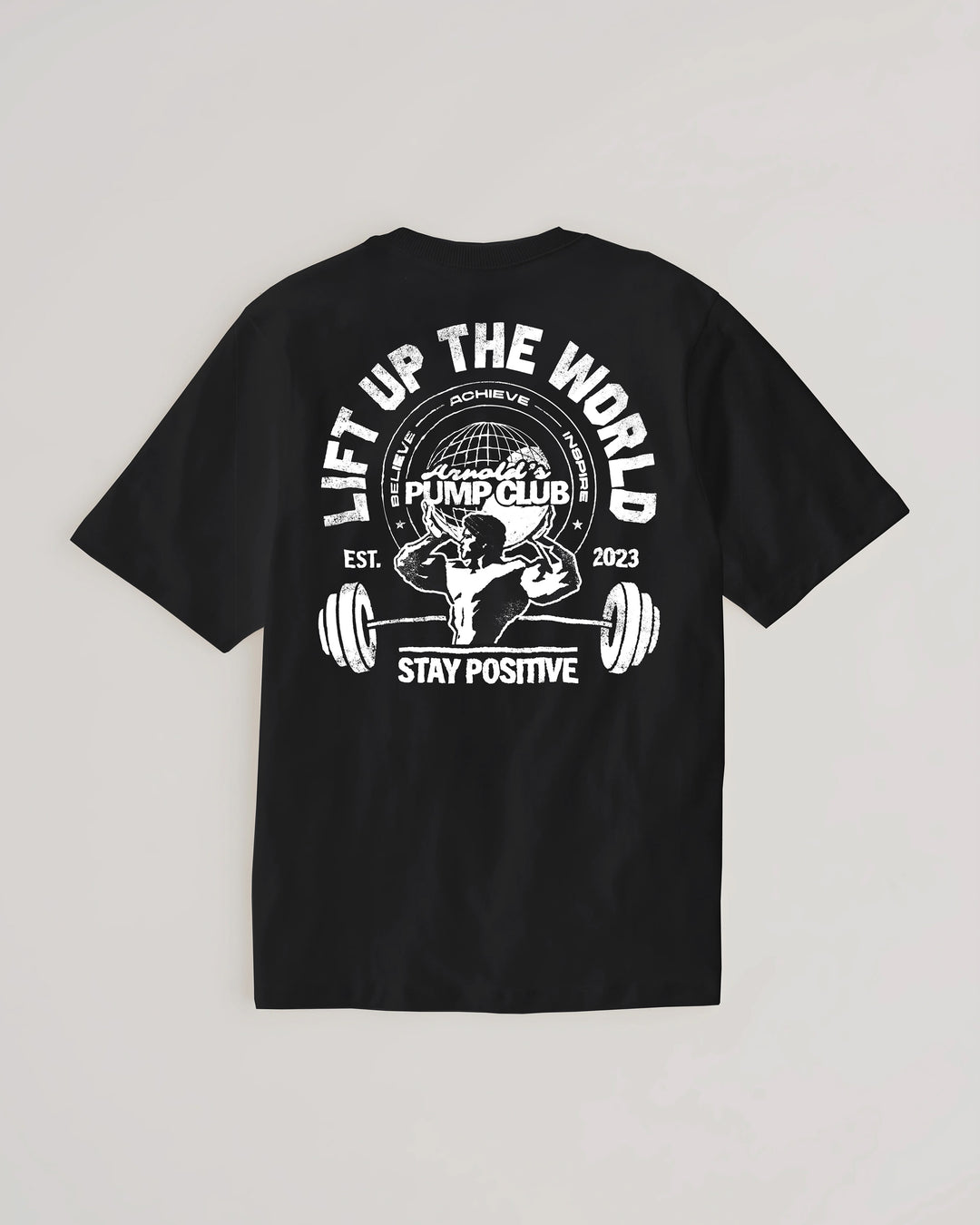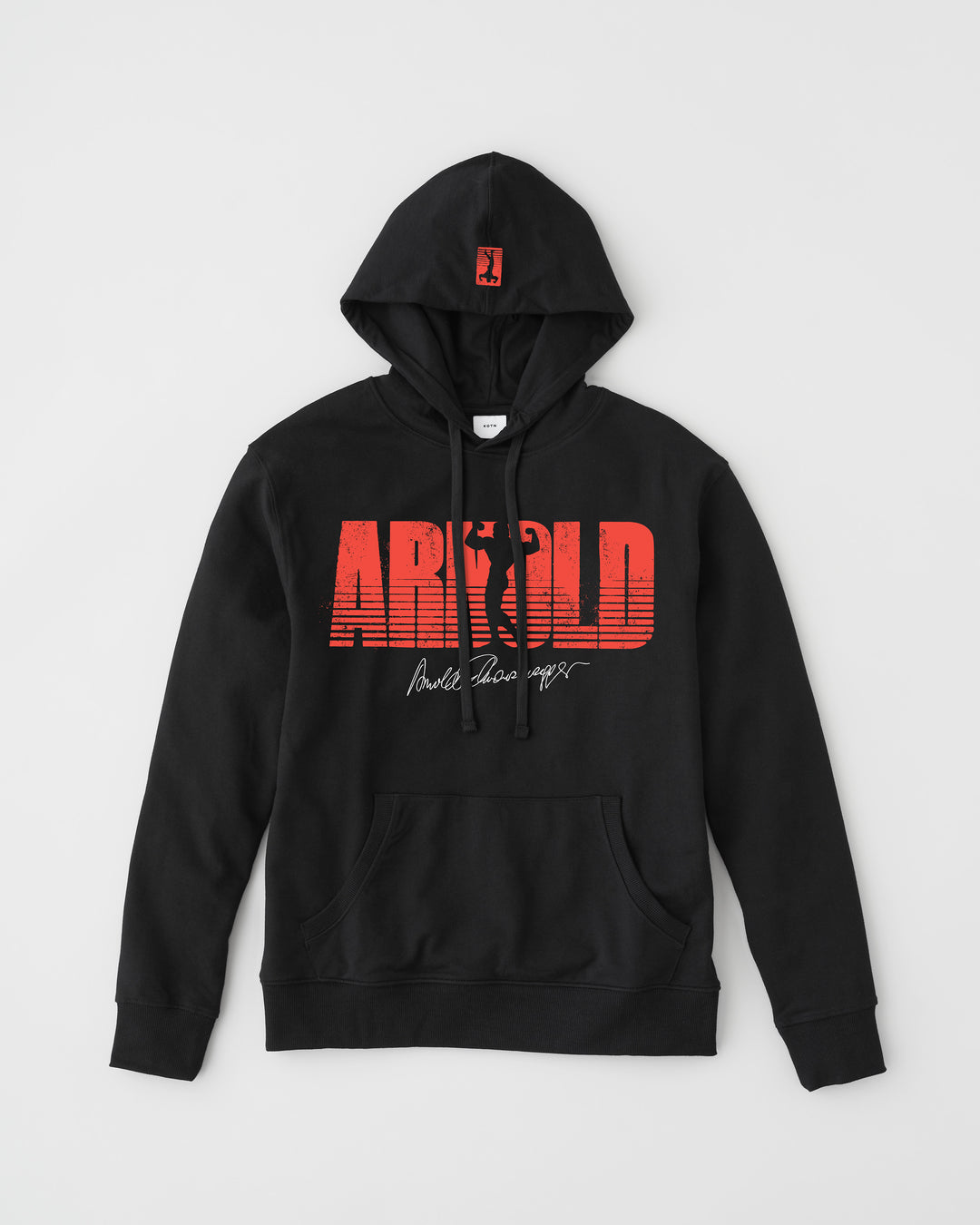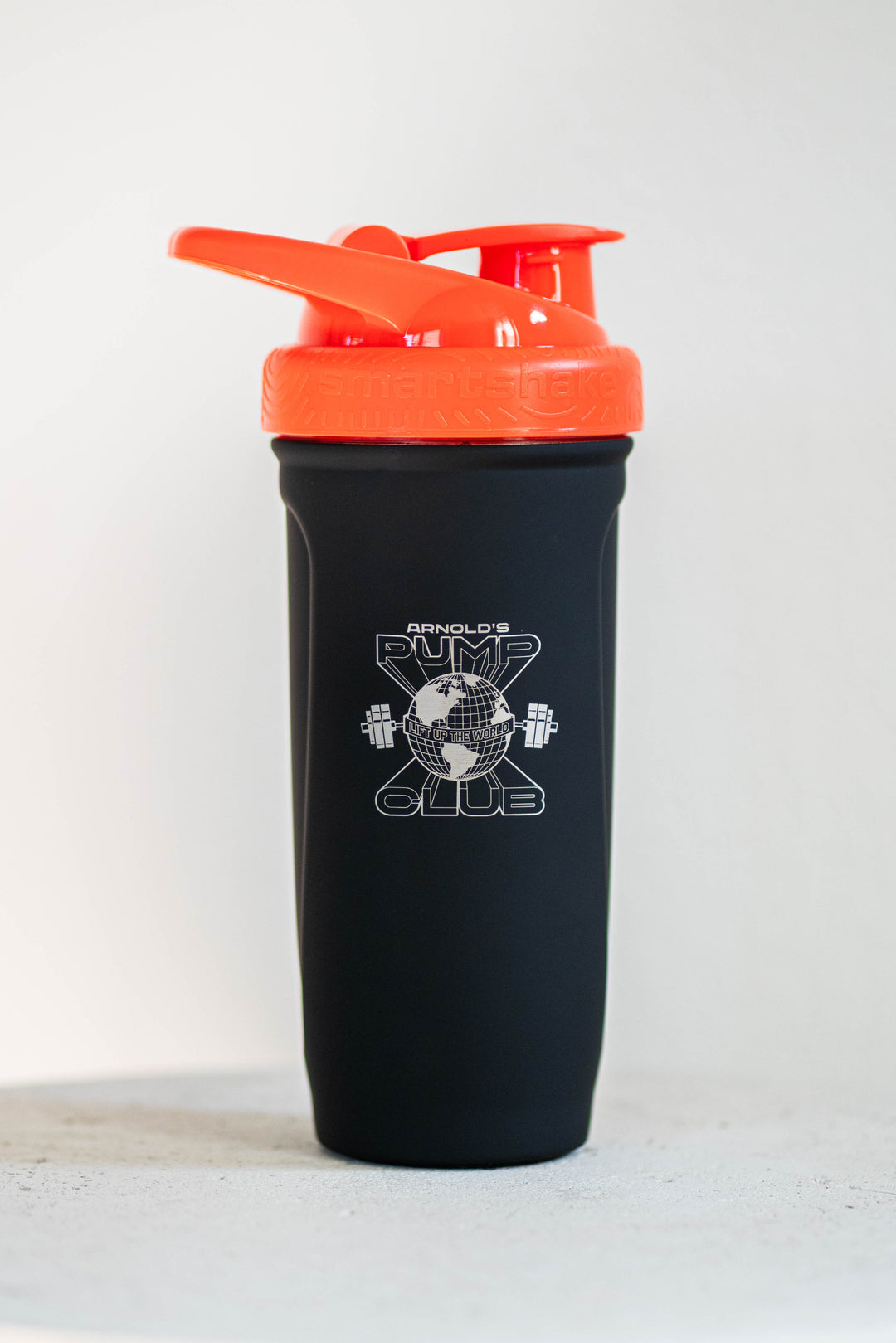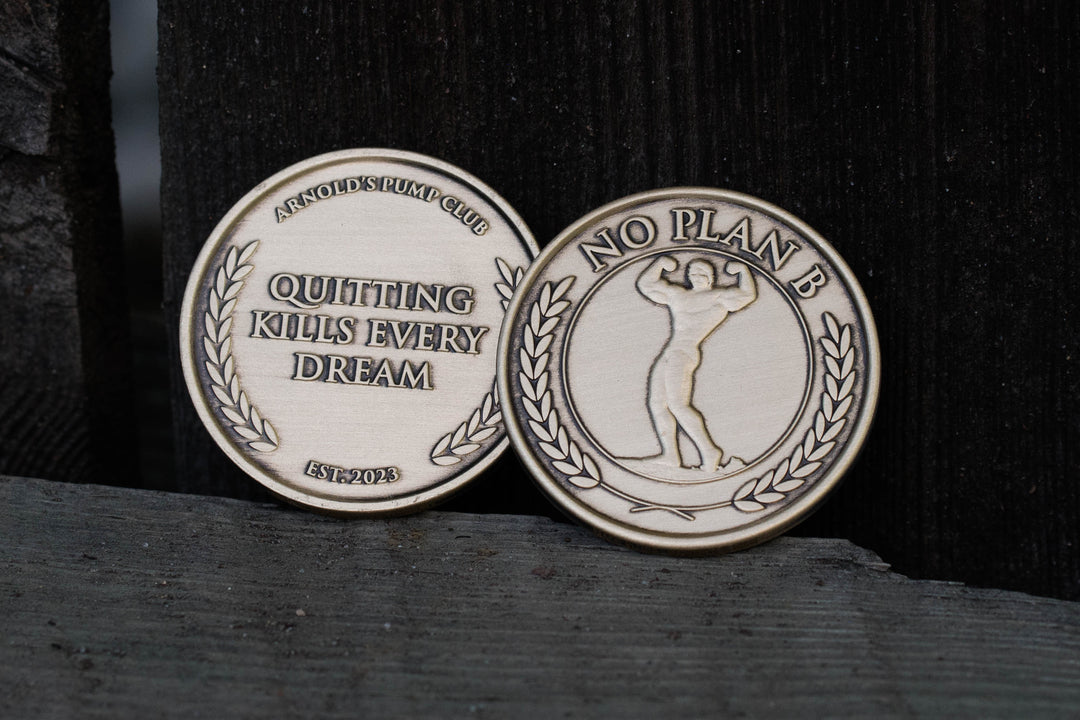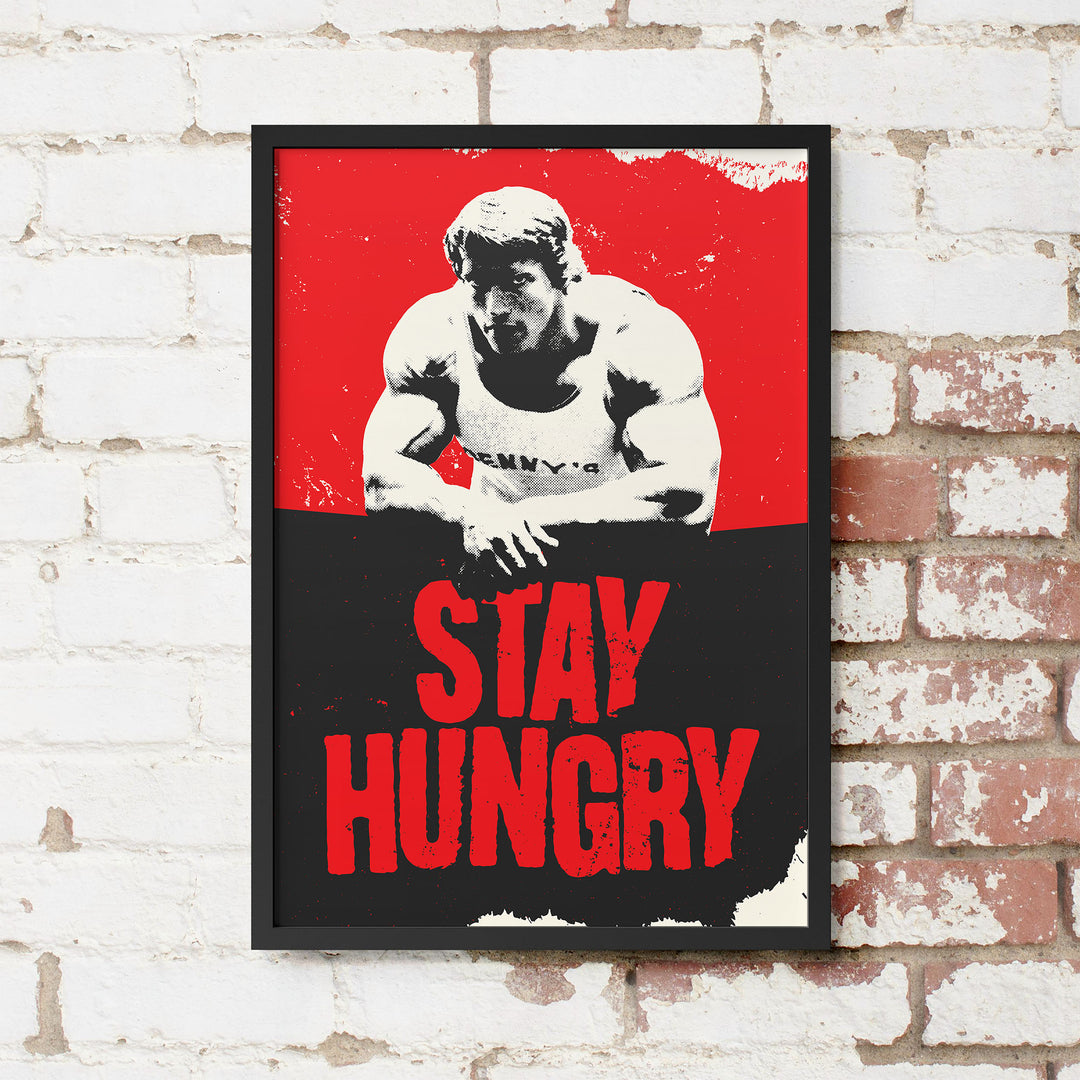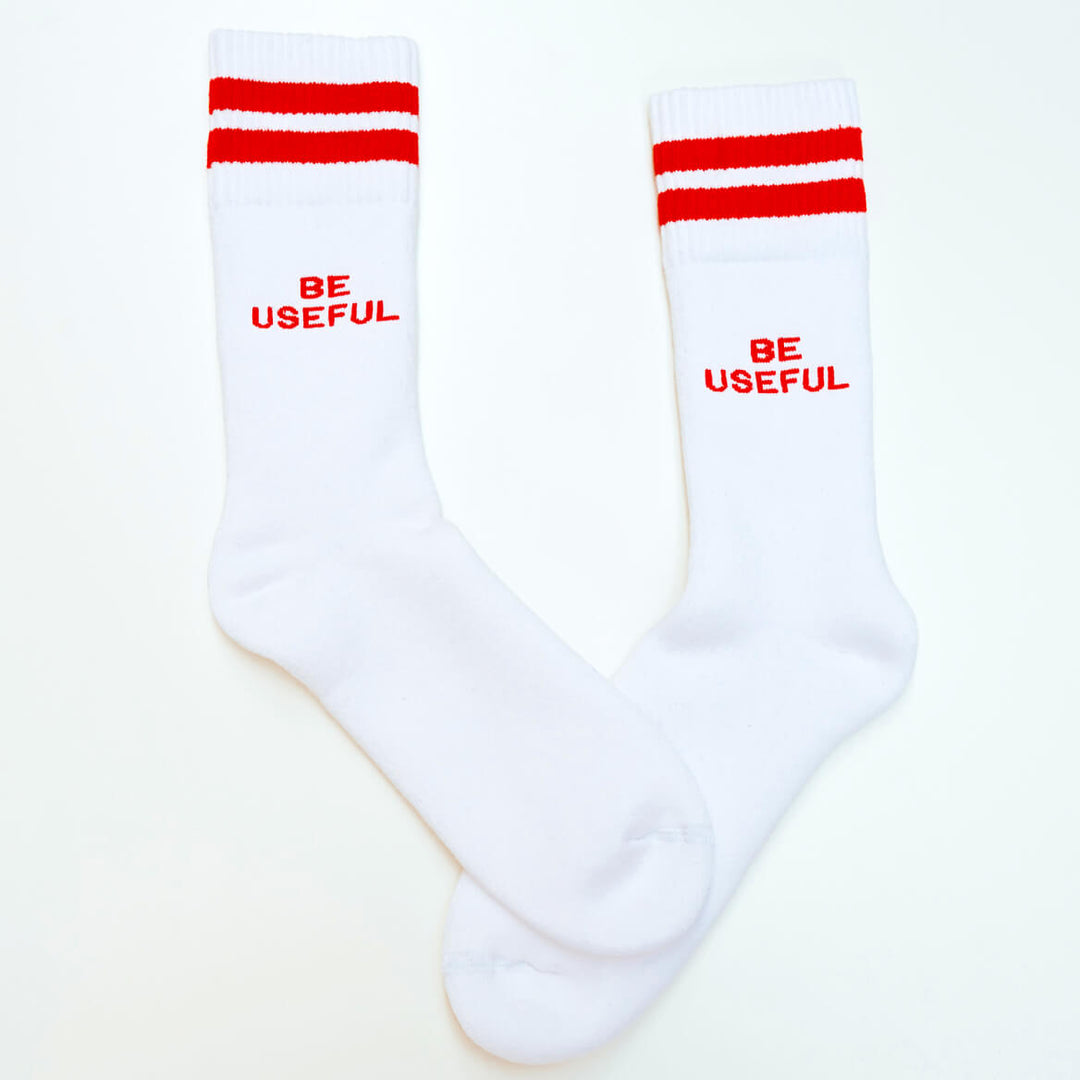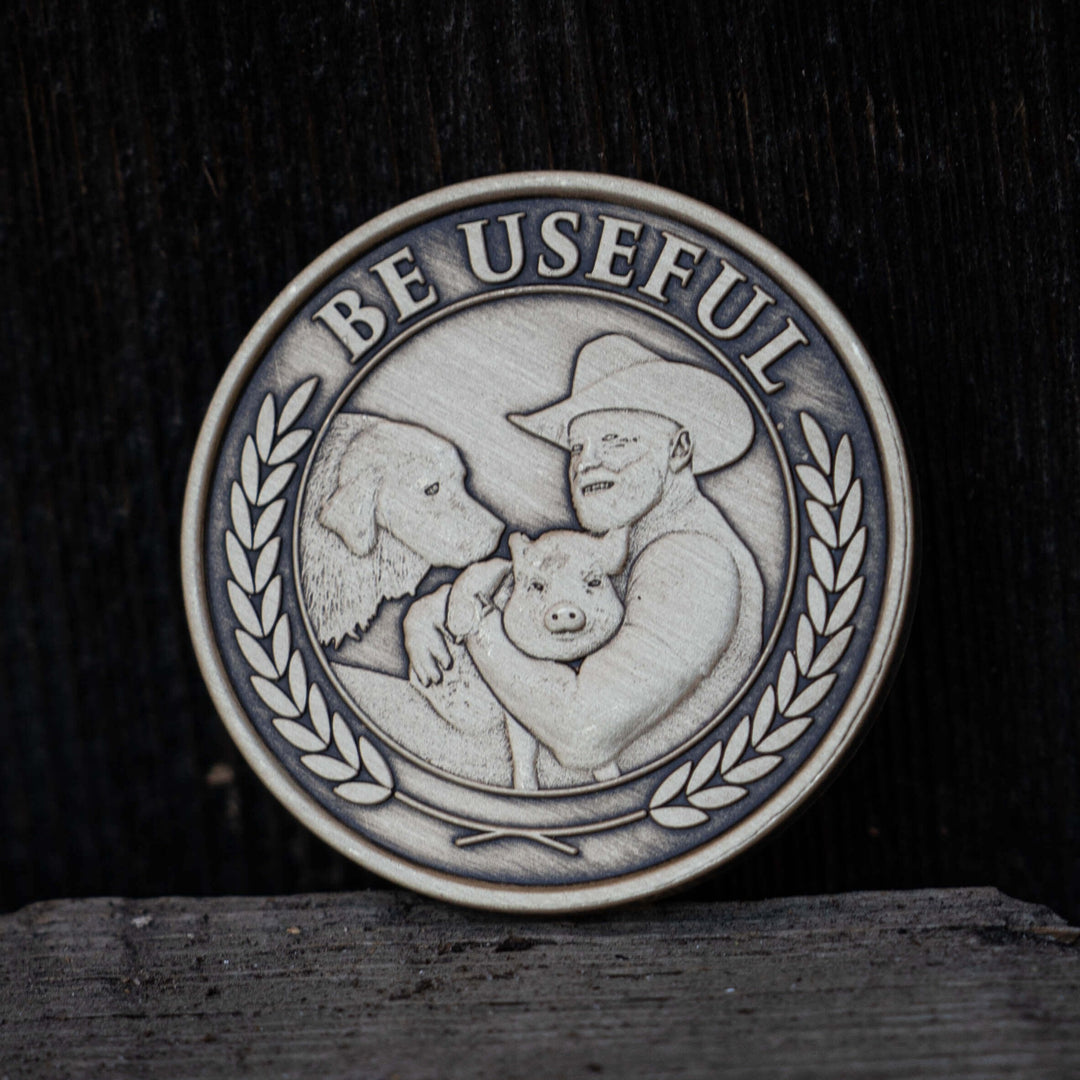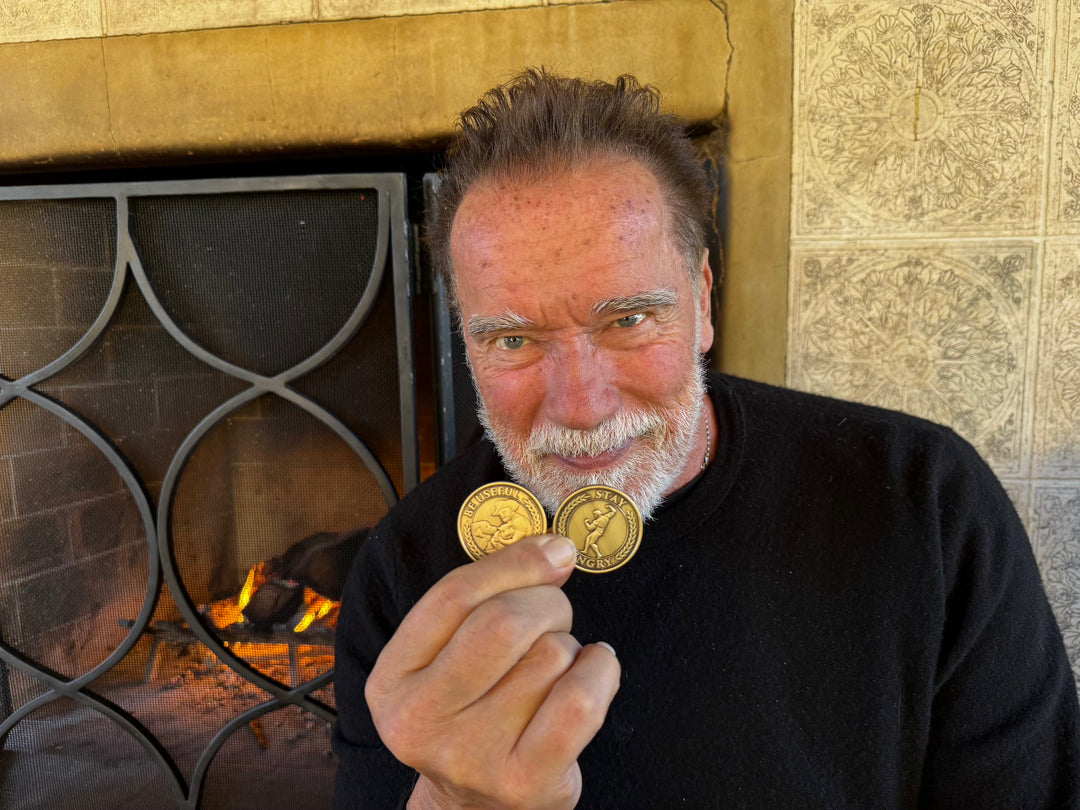Welcome to the positive corner of wellness. Here’s a daily digest designed to make you healthier in less than 5 minutes. If you were forwarded this message, you can get the free daily email here.
Today’s Health Upgrade
Cold therapy
The healthy diet checklist
The new rules of recovery
No Cold Tub? (Do This Instead)
Taking a dip into ice buckets and frozen baths is a popular way to get likes on social media. But if you want some of the best benefits of the cold, the quick dip might not do the trick for your body.
Cold exposure is popular because it’s linked to a boost in dopamine, which can elevate your mood and increase focus and energy. But, according to journalist Michael Easter, there might be an easier way — without the icy extremes — to unlock some of the coolest benefits of cold exposure.
Easter explained (in The 2% Newsletter, a Pump favorite) how the Navy SEALS were interested in Japanese divers known as the “Ama,” who were mostly women who spent their days diving and fishing in the ocean. The Ama had fewer illnesses (like heart disease), stronger muscles, and better endurance. If that wasn't enough, the Ama also had super-metabolisms and burned an extra 1,000 calories per day, likely because their time in the cold changed their white fat (the type you want to remove) into “brown fat,” which burns white fat and protects your organs.
The problem? We live in climate-controlled temperatures (hello, balmy 72 degrees), which makes it hard to produce brown fat. A few minutes in a cold plunge might give you a dopamine boost, but it likely won’t increase brown fat.
Instead, research suggests that lowering your thermostat a few degrees each week could do the trick so that you’re in cooler temps for longer periods of time. If you can gradually get to the point where you spend most of your days at 64 degrees, you might create enough temperature change to help trigger the creation of brown fat. And, if you also go outside for walks in the cold — even for 15 to 20 minutes — it could force your body to adapt and give your body the positive health results you desire (without dropping thousands on a cold tub).
The Healthy Diet Checklist
Many diet books and experts will try to convince you that there’s a “best” diet. But that’s a game you can’t win, and a big reason so many people struggle with their weight.
If you want to leave the dieting hamster wheel, it’s helpful to look for common trends instead of a specific style of eating. A 10-year study looked at more than 17,000 people and found that good health can be determined by a few common eating habits.
The study found — regardless of your genetic risk — there are eating behaviors that lead to less body fat, more lean mass, and better overall health, and it has nothing to do about cutting carbs, avoiding gluten, or trying to detox your body.
The healthy habits included:
Eating more than 400 grams of fruits and vegetables per day (for reference, this is about 3 pieces of fruit and 2 cups of vegetables)
Keeping total dietary fat to less than 30% of your total daily calories (if you’re following a 2,000-calorie diet, this means you could eat up to 65 grams of fat per day)
Limiting saturated fat to 10 percent (or less) of your daily caloric intake
Keeping sugar to less than 10 percent of your daily total calories
Eating 25 grams (or more) of fiber each day
Consuming more than 3500mg of potassium (potassium is found in many foods including potatoes, avocado, bananas and oranges, green veggies, dairy, cashews, beans and lentils, and salmon)
The diet habits provide some good recommendations without telling you exactly what to eat. And that’s a great reminder that the best diet is the one that you can follow. So don’t overthink the need for one style of eating, and instead focus on the bigger picture categories.
Were We Wrong About Rest Days?
How much time off do you need between training sessions? If you’re not a beginner, you might need much less than you think.
One of the most commonly held beliefs is that your body needs at least 48 hours of rest before you train the same muscle again. So if you trained your chest and back on Monday, you’d want to wait to hit those muscles again until Wednesday, at the earliest. Researchers recently challenged this belief by seeing what happens when training four days in a row at a high intensity but with limited total volume (not doing too many sets and reps). The results? Despite working out multiple days in a row, training every day did not harm performance and even led to some improvements.
In the study, participants performed just 2 sets of 11 different exercises. The first set consisted of 10-12 reps, and the second focused on doing as many reps as possible (with one small important limit we’ll cover in a moment). By the end of the four days, many participants actually did more reps on day 4 of the workout than day 3.
What to make of it all? For starters, the study focused on advanced lifters. If you’re a beginner or intermediate, your body likely needs more time to recover. Additionally, the participants were not taking each set to complete failure. Instead, they were instructed to leave at least 1 rep in the tank. The combination of more lifting experience and not pushing to failure made it possible to train more often, recover, and still stay strong.
This is good news for people who need to settle for shorter, more frequent workouts. It shows you don’t have to do endless sets in the gym. Instead, if you can push yourself hard for a couple of sets and find your way to the gym several days per week, you can see amazing results without burning out your body.
One note: the participants did perceive a high level of fatigue. While that didn’t impact results, it’s something to be mindful of if you’re trying to train this way over a longer period of time.
—

Lift your friends up, get a personalized, signed copy of my Encyclopedia of Bodybuilding
Help me with my fitness crusade and recruit new members. Share your referral link and if 2 people sign up for The Pump Daily, you’ll be entered to win a personalized, signed copy of my Encyclopedia of Bodybuilding. Five winners will be selected.


